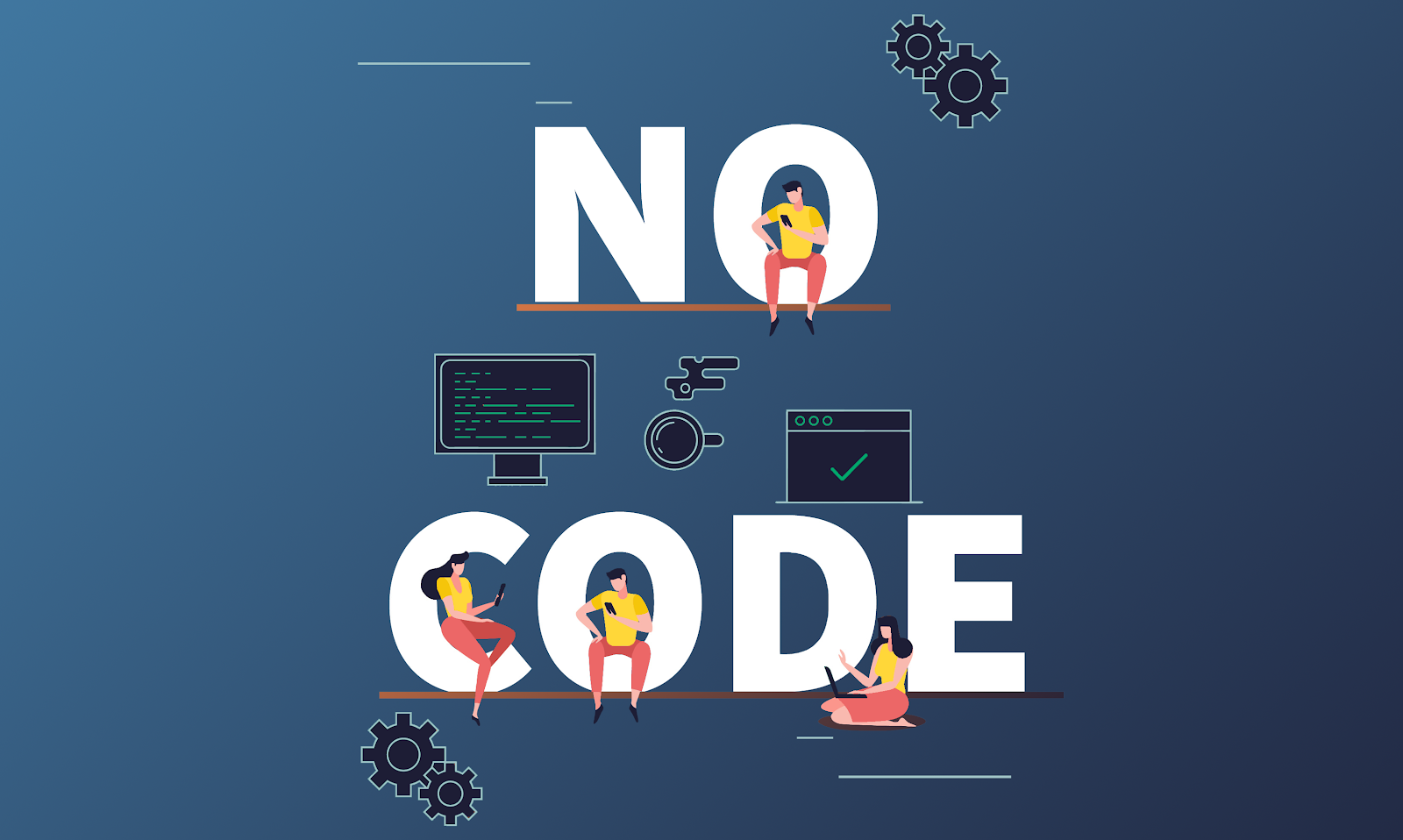Why No-Code is the Future of Open System Data Source Development for Companies
Why No-Code is the Future of Open System Data Source Development for Companies
Blog Article
Discover Exactly How Scalable Data Sources Can Be Used Without Coding to Boost Your Service Operations
In today's hectic service atmosphere, the capability to take care of and evaluate data effectively is extremely important. no-code. Scalable data sources, especially when coupled with no-code remedies, supply a transformative strategy that encourages non-technical customers to simplify procedures.
Recognizing Scalable Databases
Scalable databases are essential for contemporary organization operations, permitting organizations to effectively take care of increasing quantities of information without sacrificing performance. These databases are made to grow and adapt to the transforming demands of a service, making certain that they can handle larger datasets and more complicated questions as business needs evolve.
Comprehending scalable databases includes identifying their two main types: upright scaling and straight scaling. Upright scaling, or "scaling up," entails adding more power (CPU, RAM) to an existing server to improve performance. On the other hand, straight scaling, or "scaling out," requires adding much more web servers to disperse the lots, which frequently leads to greater versatility and mistake tolerance.
One more important aspect is the style of scalable data sources, which can be either non-relational or relational. Relational databases, such as MySQL and PostgreSQL, are structured and make use of SQL for inquiries, while non-relational data sources, like MongoDB and Cassandra, offer more flexibility with unstructured data.
Eventually, recognizing scalable data sources is crucial for services aiming to take advantage of data as a tactical possession, enabling them to remain affordable in a progressively data-driven environment.

Advantages of No-Code Solutions
Opening the possibility of no-code solutions empowers companies to streamline operations and boost productivity without the demand for comprehensive shows expertise. These platforms enable non-technical customers to develop, modify, and manage databases easily, hence equalizing access to innovation throughout groups.
One of the primary benefits of no-code remedies is their speed of application. Organizations can quickly deploy applications and automate processes, dramatically decreasing the moment spent on development cycles. This agility allows companies to react quickly to market adjustments and customer requirements, cultivating an affordable edge.
Additionally, no-code platforms decrease reliance on IT departments for everyday tasks, allowing technical teams to concentrate on even more intricate tasks that call for specialized abilities. This shift not just maximizes source allowance yet additionally advertises technology within the company.
Cost-effectiveness is an additional benefit, as no-code options can reduce advancement and maintenance expenses. By decreasing the demand for coding competence, firms can harness the capacities of their existing labor force without the overhead of hiring added workers.
Popular No-Code Database Tools
The surge of no-code options has resulted in the emergence of numerous data source tools that provide to services seeking performance and access. These devices encourage individuals with limited technical knowledge to develop, manage, and manipulate data sources perfectly.

Caspio stands out for its capacity to build web applications with no coding. It allows services to produce durable databases and deploy applications quickly, accommodating various industry needs. Flair uses easy to use interfaces and effective information administration abilities, enabling organizations to develop custom applications customized to their operations.

Use Cases in Company Workflow
Exactly how can companies take advantage of database tools to enhance their procedures? Scalable data this hyperlink sources give companies with effective abilities to handle and evaluate data without the need for extensive coding knowledge. These tools can enhance various company processes, ultimately leading to boosted effectiveness and productivity.
One content prominent usage situation is client relationship monitoring (CRM) Services can utilize scalable data sources to track client interactions, choices, and comments, enabling personalized interaction and much better service. By systematizing this info, groups can work together better and react to customer demands in real-time.
One more significant application is stock management. Firms can employ no-code data source tools to keep an eye on stock degrees, track shipments, and projection demand. This ensures ideal supply levels, decreases waste, and reduces stockouts.
In addition, project administration can benefit from scalable databases by permitting groups to manage jobs, target dates, and resources in a linked platform. With real-time updates and information visualization, task managers can make educated choices.
Getting Going With Execution
Carrying out scalable databases in company operations needs an organized approach to guarantee effective assimilation and utilization. The primary step is to perform a complete demands assessment, identifying certain organization needs, data types, and expected growth patterns. This foundational understanding will assist the option of the ideal database service.
Following, pick an user-friendly, no-code data source system that aligns with your functional objectives. no-code. Several modern solutions provide user-friendly user interfaces, permitting non-technical users to manage data successfully. After selecting a platform, develop a clear information architecture that details how information will be arranged, accessed, and kept
Training is vital; ensure that group members are equipped with the needed abilities to make use of the database. Take into consideration supplying workshops or tutorials to familiarize staff with the system's performances.
Verdict
In verdict, the combination of scalable databases with no-code services presents substantial advantages for business procedures. Ultimately, leveraging these modern technologies can lead to enhanced performance find and functional effectiveness, positioning businesses for sustained development in an affordable landscape.
One prominent no-code database tool is Airtable, which integrates the functionality of a spread sheet with the power of a data source.How can businesses utilize database tools to boost their procedures? Companies can use scalable data sources to track customer interactions, choices, and responses, allowing tailored communication and better solution.Implementing scalable databases in organization procedures calls for an organized method to make certain successful combination and application.In conclusion, the integration of scalable databases via no-code solutions presents significant advantages for organization procedures.
Report this page